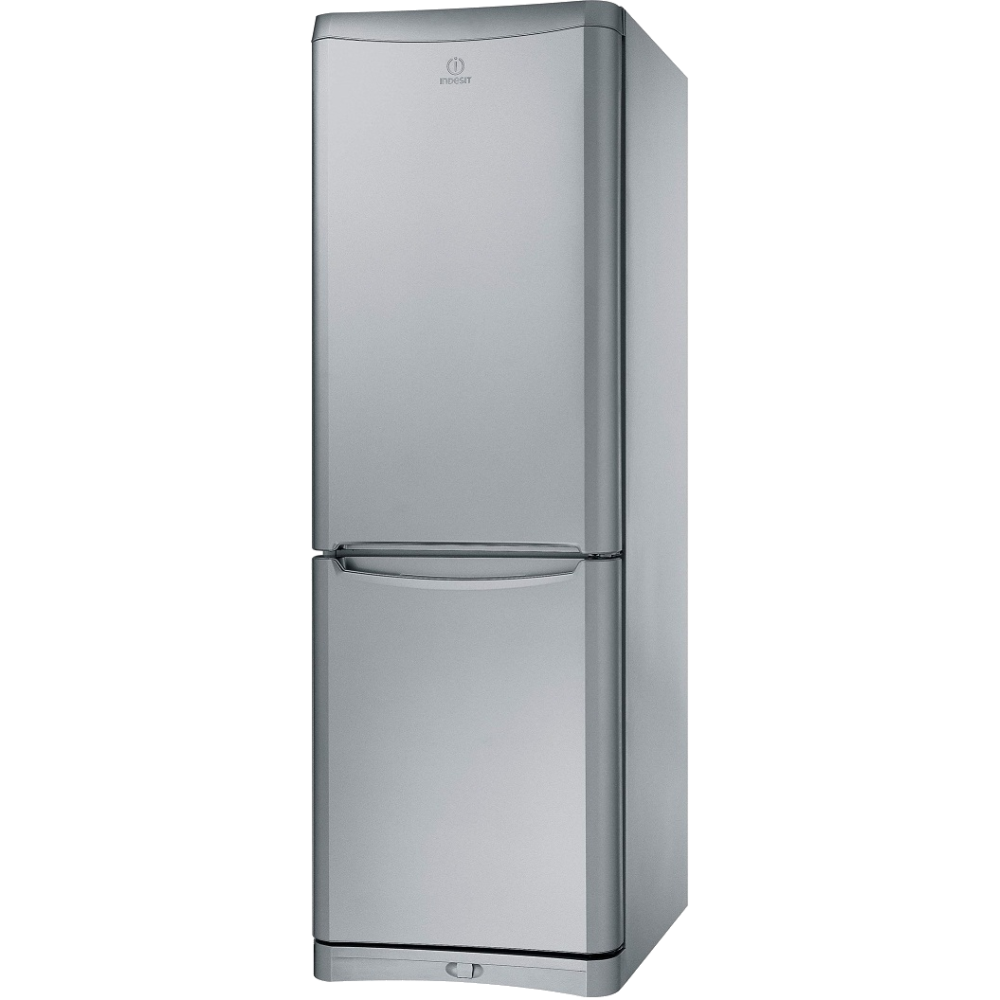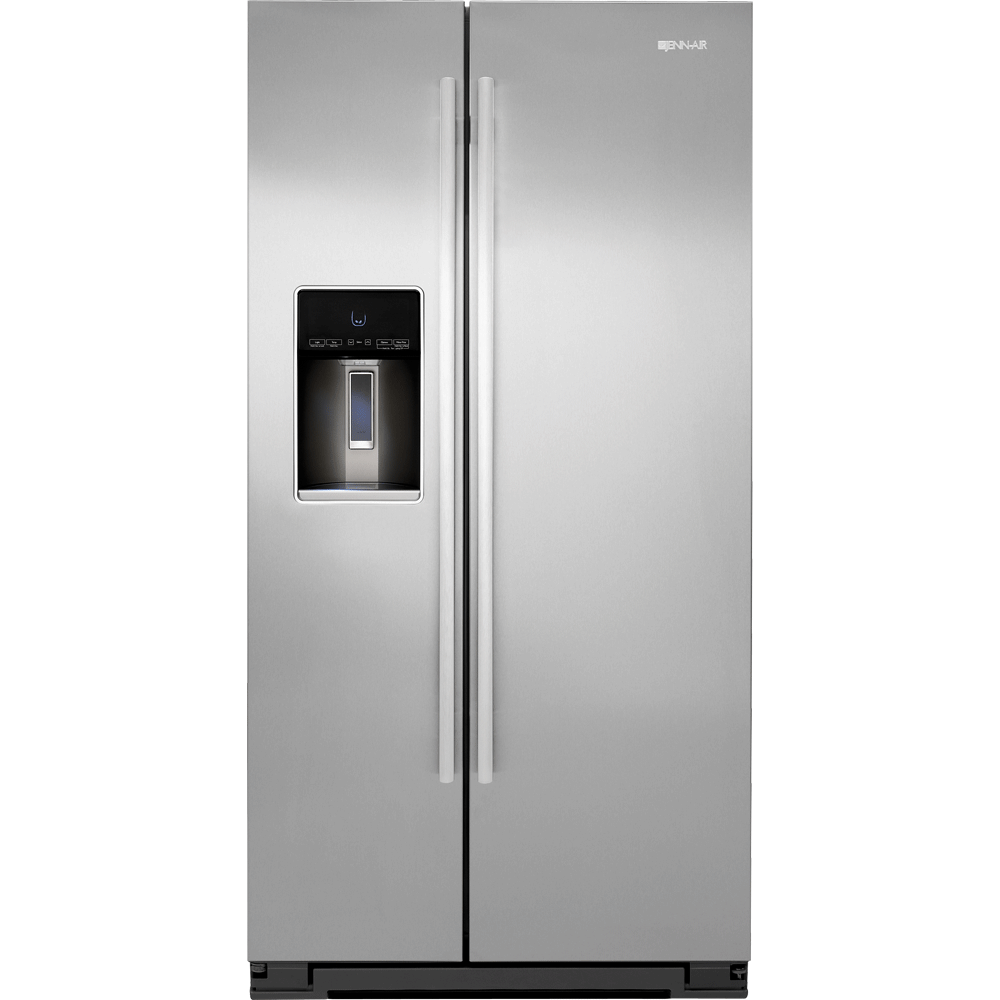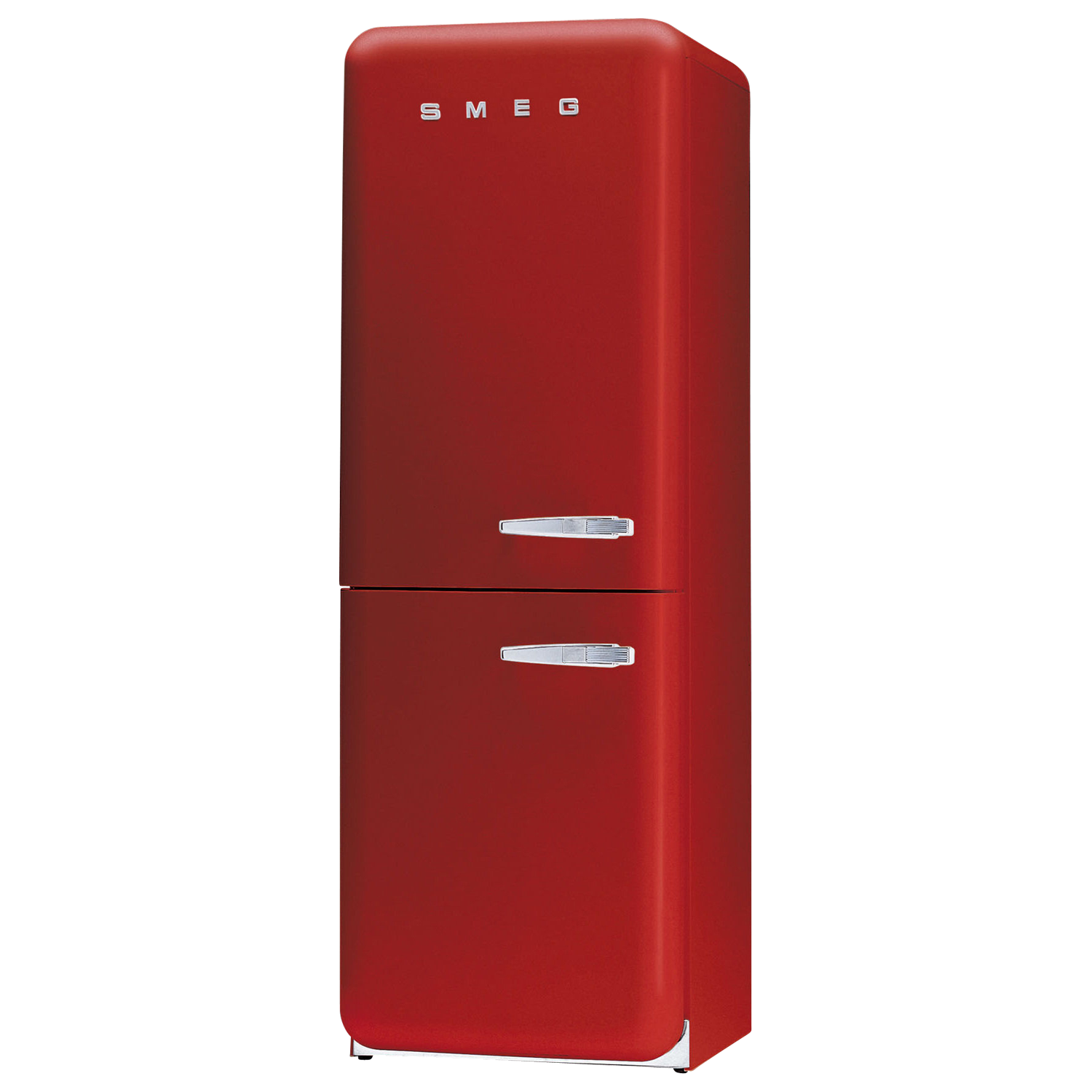Cleaning your refrigerator is essential for maintaining a healthy home environment, but what if you could do it with a natural, cost-effective solution? How to clean refrigerator with vinegar effectively is a topic that intrigues many looking for eco-friendly alternatives to harsh chemical cleaners. Vinegar, a staple in many households, not only cleans but also disinfects, leaving your fridge spotless and odor-free. Curious about how this simple ingredient can transform your cleaning routine? Read on to discover detailed steps and tips for using vinegar to clean your refrigerator.
The Benefits of Cleaning with Vinegar
Vinegar is a versatile and powerful cleaning agent that offers numerous benefits. Its acidic nature makes it effective at cutting through grime, eliminating bacteria, and neutralizing odors. Unlike commercial cleaners, vinegar is free from harmful chemicals, making it a safer choice for households, especially those with children and pets.
In addition to being an excellent cleaner, vinegar is also economical and eco-friendly. A single bottle can tackle a variety of cleaning tasks, reducing the need for multiple products. Knowing these benefits helps you appreciate why vinegar is an excellent choice for cleaning your refrigerator and can motivate you to adopt this natural solution in your cleaning routine.
Preparing for the Cleaning Process
Before you start cleaning your refrigerator with vinegar, it’s essential to prepare adequately. Begin by gathering your materials: white vinegar, water, a spray bottle, microfiber cloths, baking soda, and a small bowl. Unplug the refrigerator to ensure safety during the cleaning process.
Next, remove all the food items from the refrigerator. This will give you easy access to every corner and prevent food from getting contaminated or spoiled during the cleaning. Place perishable items in a cooler with ice packs to keep them fresh. Preparing appropriately sets the stage for a thorough and effective cleaning session.
Creating the Vinegar Cleaning Solution
To clean your refrigerator with vinegar, you need to create a simple yet effective cleaning solution. Mix equal parts of white vinegar and water in a spray bottle. This diluted vinegar solution is strong enough to tackle dirt and bacteria but gentle enough to use on various surfaces within the refrigerator.
Shake the bottle well to ensure the vinegar and water are thoroughly mixed. For added cleaning power and a pleasant scent, you can also add a few drops of essential oil, such as lemon or tea tree oil. This homemade cleaning solution is now ready to be used throughout your refrigerator, providing an effective and eco-friendly cleaning option.
Removing and Cleaning Shelves and Drawers
Start the cleaning process by removing all shelves and drawers from the refrigerator. Often, these components have hidden dirt and grime that can harbor bacteria and odors. Take these parts to your sink and rinse them with warm water to remove loose debris.
Spray the vinegar solution generously on the shelves and drawers, making sure to cover all areas. Use a microfiber cloth or a sponge to scrub away any stubborn stains or residues. Rinse them thoroughly with water and let them air dry or dry them with a clean towel. Cleaning the removable parts separately ensures they are thoroughly sanitized and free from contaminants.
Cleaning the Interior
With the shelves and drawers removed, you now have unobstructed access to the refrigerator’s interior. Spray the vinegar solution liberally onto all surfaces inside the fridge, including the walls, ceiling, and door compartments. Pay special attention to the corners and crevices where spills and residues often collect.
Allow the vinegar solution to sit for a few minutes to break down any stuck-on grime and bacteria. Use a microfiber cloth to wipe down all surfaces, working from top to bottom. For stubborn stains, dip a cloth in a paste made from baking soda and water, then scrub gently. Wipe away any remaining residue with a clean, damp cloth. Cleaning the interior thoroughly ensures a pristine and hygienic refrigerator.
Addressing Stubborn Odors
Even after cleaning, odors can linger in your refrigerator due to trapped food particles and bacteria. Vinegar is excellent at neutralizing these odors. After wiping down the interior, consider placing a small bowl of vinegar in the refrigerator for a few hours. The vinegar will absorb and neutralize any remaining smells.
If odors persist, sprinkle baking soda on a damp cloth and wipe down the surfaces once more. Baking soda is a natural deodorizer and can effectively eliminate any lingering bad smells. Addressing stubborn odors ensures your refrigerator not only looks clean but smells fresh as well.
Cleaning the Exterior
The exterior of your refrigerator also collects dirt, fingerprints, and smudges over time. Spray the vinegar solution onto the exterior surfaces, including the doors and handles. Wipe down with a microfiber cloth to remove dirt and grime. For stainless steel finishes, wipe in the direction of the grain to avoid streaks and achieve a polished look.
Don’t forget to clean the top and sides of the refrigerator, as these areas are often neglected but can accumulate dust and dirt. Cleaning the exterior keeps your refrigerator looking great and prevents the transfer of germs from dirty handles to food items.
Cleaning the Gaskets
The gaskets, or rubber seals around the refrigerator door, are crucial for maintaining an airtight seal. Over time, these gaskets can accumulate dirt, mold, and mildew. Spray the vinegar solution onto a cloth and wipe down the gaskets thoroughly, making sure to get into all the grooves and crevices.
For stubborn mold or mildew, use a paste of baking soda and water to scrub the gaskets gently. Rinse with a damp cloth and dry thoroughly to prevent moisture buildup. Regularly cleaning the gaskets ensures they remain pliable and effective at sealing the refrigerator door, maintaining energy efficiency and cleanliness.
Handling the Freezer Section
If your refrigerator has a freezer section, it also needs regular cleaning. Remove all items from the freezer and place them in a cooler to keep them from thawing. Use the vinegar solution to spray and wipe down all surfaces inside the freezer. Pay special attention to any frost build-up, as vinegar can help dissolve it.
For a thorough clean, you may need to defrost the freezer if there is significant frost accumulation. Turn off the freezer and let it sit with the door open until the frost melts. Clean up the water with towels and then proceed with the vinegar cleaning. Cleaning the freezer section ensures it operates efficiently and remains free from frost and odors.
Organizing and Reassembling
Once all the components are clean and dry, it’s time to reassemble your refrigerator. Place the clean shelves and drawers back in their original positions. Take this opportunity to organize your food items, grouping similar items together and placing frequently used items within easy reach.
Consider using clear bins or containers to keep smaller items organized and prevent spills. Labeling shelves and bins can also help maintain order and make it easier to find what you need. Organizing as you reassemble ensures your refrigerator is both clean and functional.
 Regular Maintenance
Regular Maintenance
Maintaining a clean refrigerator with vinegar doesn’t end with a deep clean. Implementing regular maintenance can keep your fridge in top shape. Wipe down spills and splatters immediately with a vinegar solution to prevent them from becoming stubborn stains. Clean the refrigerator’s interior and exterior surfaces weekly to remove dirt and grime.
Check and clean the gaskets, shelves, and drawers monthly to ensure they remain free from mold and bacteria. By keeping up with regular maintenance, you reduce the need for intensive cleaning sessions and ensure a consistently clean and hygienic refrigerator.
Vinegar: Versatile and Effective
Vinegar isn’t just for cleaning your refrigerator. Its versatility extends to other household cleaning tasks, making it a valuable addition to your cleaning arsenal. Use it to clean glass surfaces, countertops, and floors. It can also deodorize drains, freshen laundry, and remove hard water stains.
Recognizing vinegar’s multifaceted uses encourages adopting more natural cleaning solutions throughout your home. This shift not only contributes to a healthier living environment but also offers cost-effective and sustainable cleaning options.
Eco-Friendly Cleaning Practices
Choosing vinegar as a cleaning agent aligns with eco-friendly and sustainable living practices. It reduces reliance on chemical-based cleaners that can harm the environment and indoor air quality. Using reusable cleaning materials like microfiber cloths further minimizes waste generated from disposable wipes and paper towels.
Embracing these eco-friendly practices supports a healthier planet and promotes responsible consumption. Adopting vinegar and other natural cleaning agents encourages a holistic approach to home maintenance that’s both effective and environmentally conscious.
Conclusion: Achieve a Spotless Refrigerator
In conclusion, learning how to clean refrigerator with vinegar offers a natural, effective, and eco-friendly alternative to traditional cleaning methods. From the benefits of vinegar as a cleaning agent to detailed steps for cleaning every part of your refrigerator, this approach ensures a spotless and hygienic appliance. By preparing adequately, creating the right solution, and addressing every component, you achieve comprehensive cleanliness. Regular maintenance, eco-friendly practices, and utilizing vinegar’s versatility further enhance your cleaning routine. With these insights, you’re equipped to maintain a pristine refrigerator, contributing to a healthier home environment and a more sustainable lifestyle.


